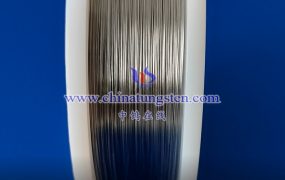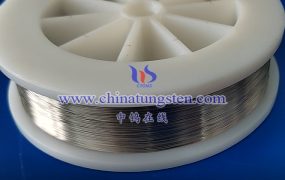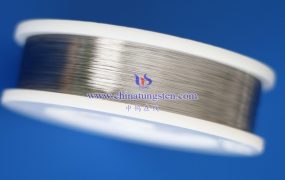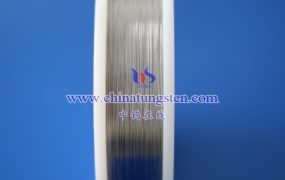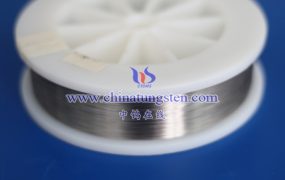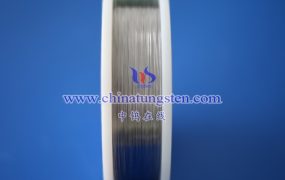Black tungsten wire exhibits lower resistivity, good thermal conductivity, and excellent dimensional stability in low-temperature environments, but its increased brittleness may limit its use in applications involving dynamic stress. Below is an analysis of its low-temperature performance:
Mechanical Properties:
- Strength and Toughness: Tungsten already possesses high strength and hardness at room temperature, but at low temperatures (e.g., near 0K or liquid nitrogen temperature, -195.8°C), its ductility significantly decreases, making it more brittle. This is due to the body-centered cubic (BCC) crystal structure of tungsten, which is prone to brittle fracture at low temperatures, especially in the presence of minor defects or stress concentrations.
- Tensile Strength: The tensile strength of tungsten slightly increases at low temperatures, but its reduced toughness weakens impact resistance, potentially leading to unexpected fractures.
Electrical Properties:
- Resistivity: Tungsten’s resistivity decreases as temperature drops. In low-temperature environments, black tungsten wire’s electrical conductivity improves, with reduced resistance, making it suitable for low-resistance applications (e.g., connections in superconducting circuits or low-temperature filaments).
- Thermoelectric Effect: Tungsten’s Seebeck coefficient (thermoelectric potential) is relatively small at low temperatures, making it less ideal for low-temperature thermoelectric applications.
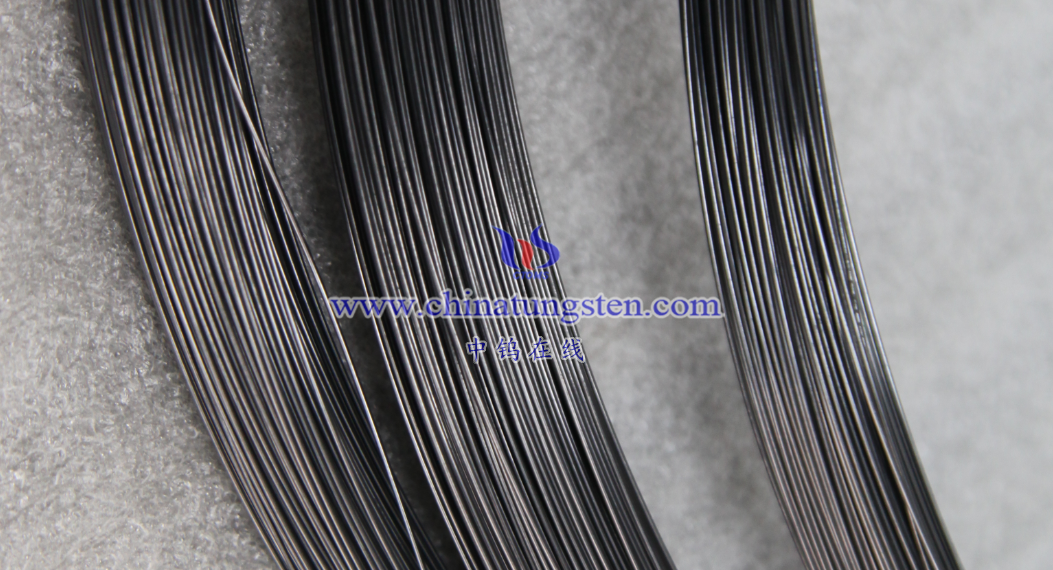
Thermal Properties:
- Thermal Conductivity: Tungsten’s thermal conductivity slightly decreases at low temperatures but remains relatively high, allowing black tungsten wire to effectively dissipate heat in low-temperature environments.
- Thermal Expansion Coefficient: Tungsten’s thermal expansion coefficient is very low (approximately 4.5×10⁻⁶/K) and decreases further at low temperatures, ensuring excellent dimensional stability in environments with significant temperature variations.
Chemical Stability:
- Tungsten is chemically stable at low temperatures and does not readily react with oxygen or other substances. The unpolished surface of black tungsten wire may have a thin oxide layer, but in low-temperature environments (e.g., vacuum or inert gas protection), oxidation is negligible.
Performance in Practical Applications:
- Filaments and Heating Elements: Black tungsten wire is typically used for high-temperature filaments, but in low-temperature environments (e.g., liquid nitrogen or liquid helium), its efficiency as a heating element may slightly change due to lower resistance, though it remains functional.
- Low-Temperature Experiments: In low-temperature physics experiments (e.g., superconductivity research), black tungsten wire is often used as a conductor or structural support material due to its high strength, low resistance, and stability.
- Environmental Adaptability: In extremely low temperatures (e.g., -270°C in liquid helium environments), the increased brittleness of tungsten wire requires avoiding mechanical vibrations or impacts to prevent fracture.
More details of tungsten wire, please visit website: http://www.tungsten-wire.com.cn/
Please contact CHINATUNGSTEN for inquiry and order of tungsten wire:
Email: sales@chinatungsten.com
Tel.: +86 592 5129595
